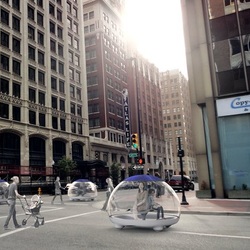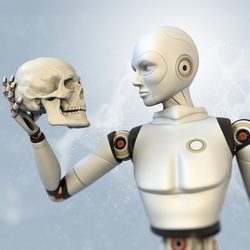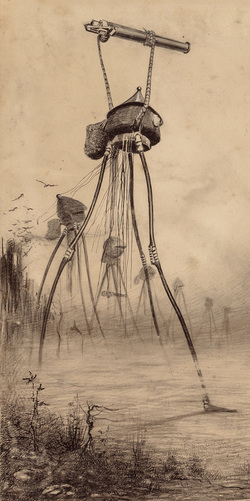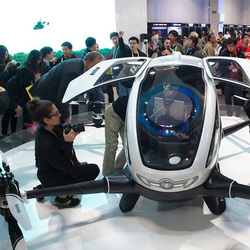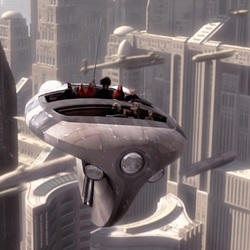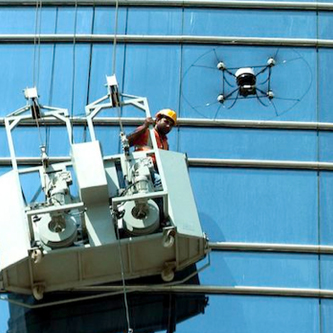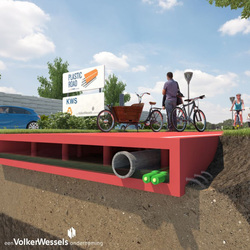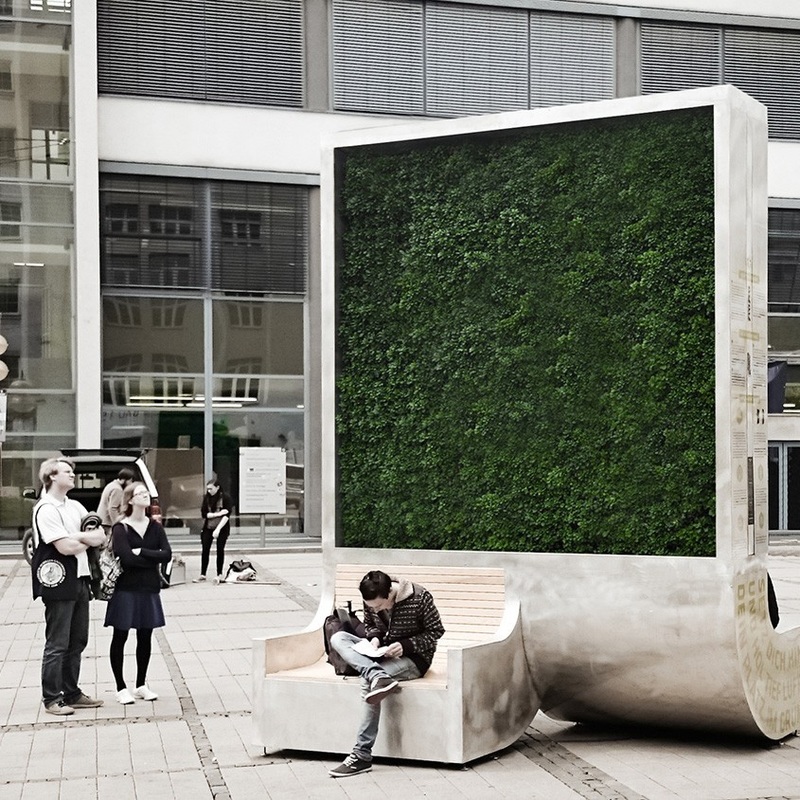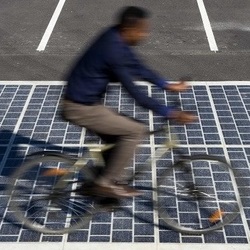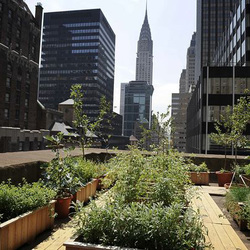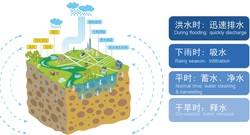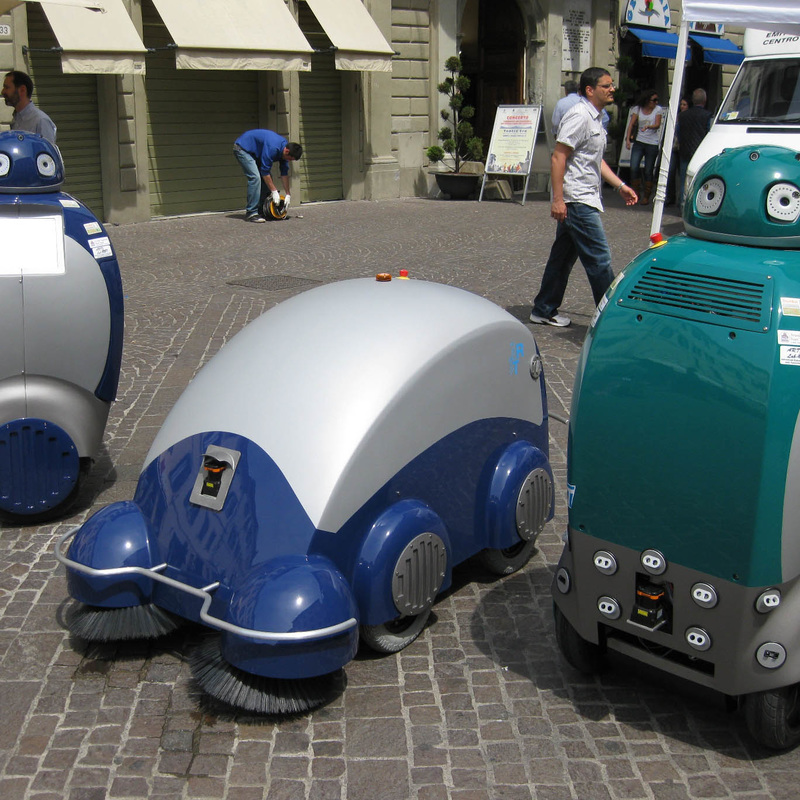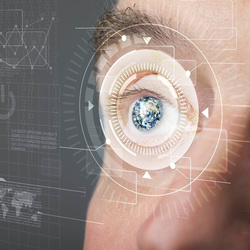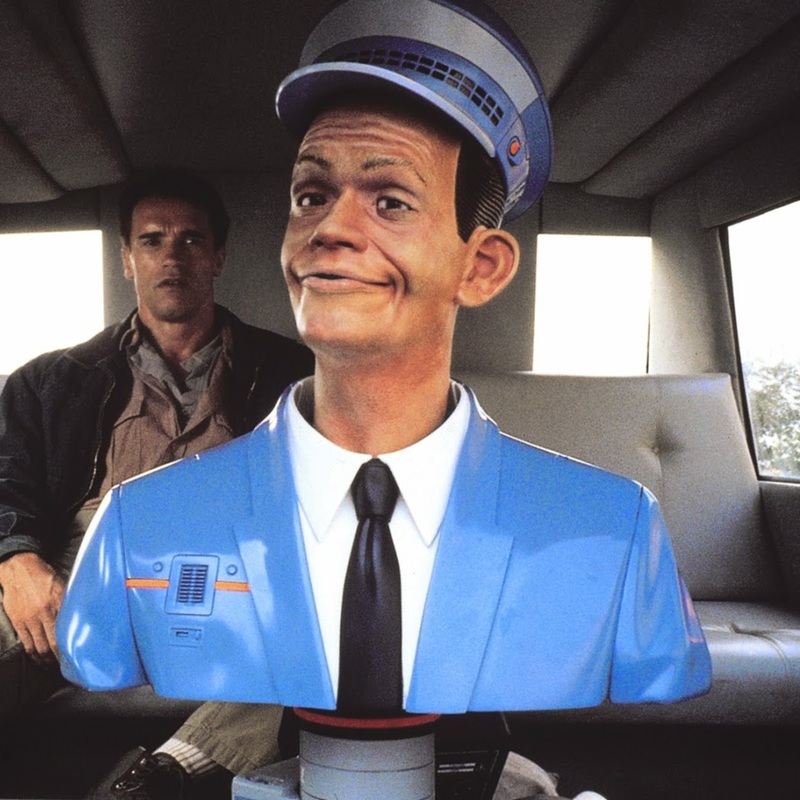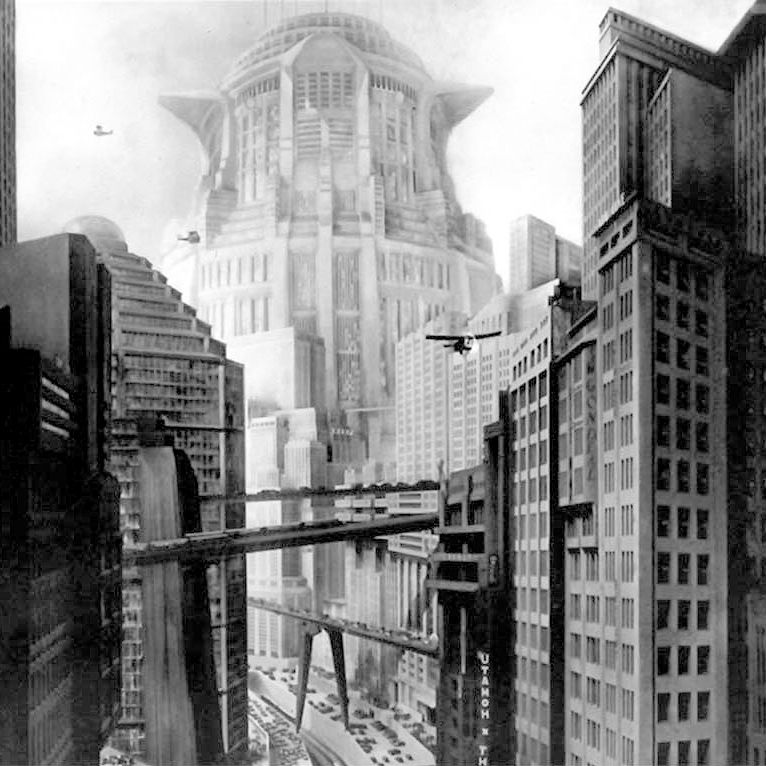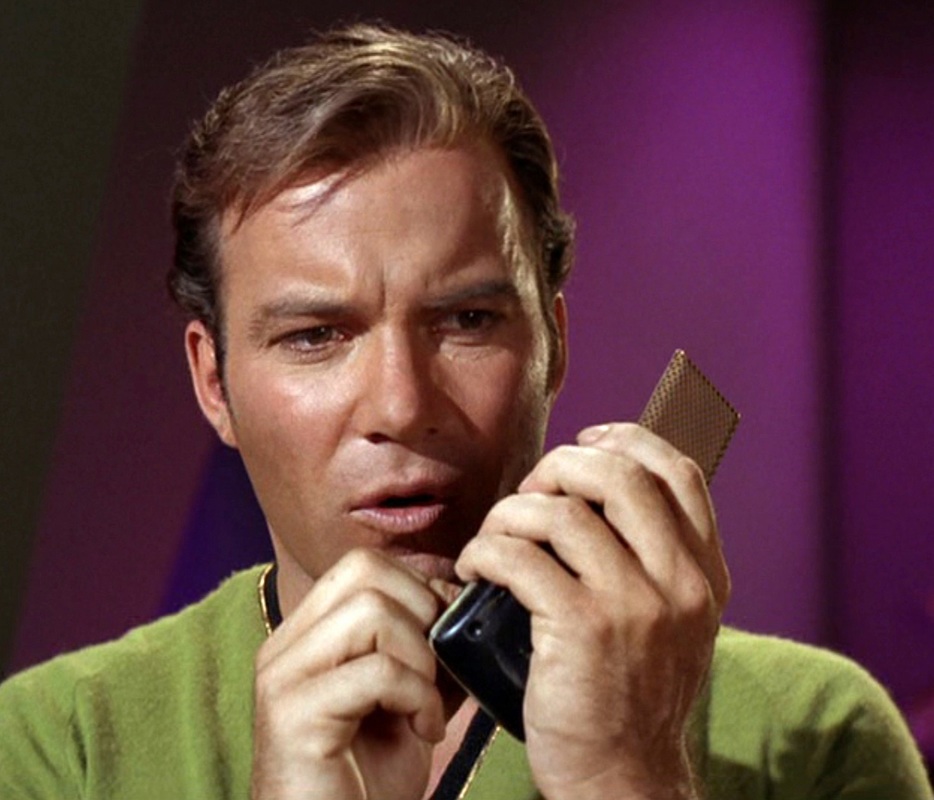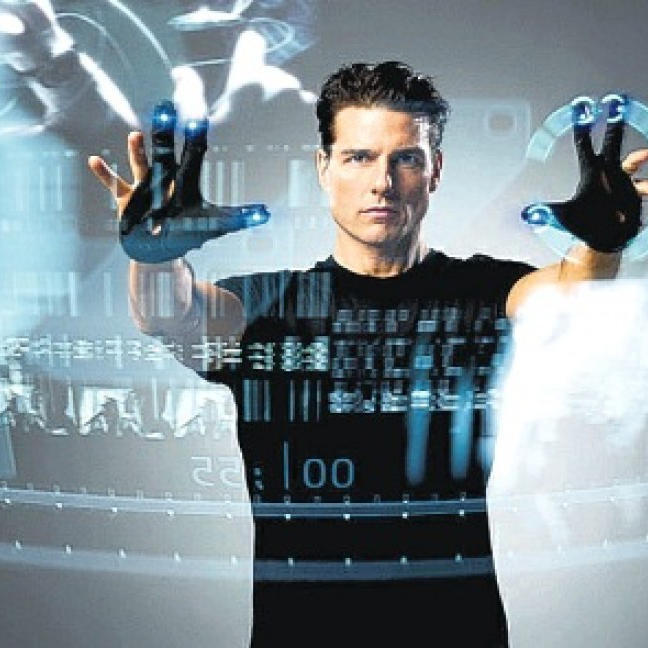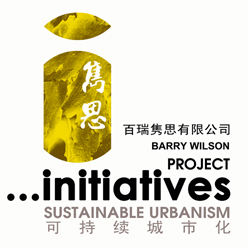|
Change Is Coming...Too Fast Or Not Fast Enough?
16/06/2016
barrysays
History tells us that change is inevitable. It’s how we react to change that defines events, leaders, nations. Yet humanity constantly resists it. We see this currently with climate change, population explosion and urbanisation. We are witnessing one of the most dramatic periods of change in world history and facing some of the most important decisions ever to be taken. It seems to me that the most appropriate solutions and ways to move forward are generally quite clear cut, and yet they are rarely followed, particularly in the short term. Change takes time, and gaining consensus to make those changes holds us back from progress.
He who wants to go quickly goes alone. He who wants to go far goes together.
African Proverb
"Every social transformation requires ... the bravery of Churchill, the vision of JFK, the determination of Reagan, the rare ability to galvanize a country or the world to take the right step for a greater cause. We are standing on the verge of such an event." Shai Agassi, founder of Better Place
"Starting an electric car company would have to be one of the dumbest things you could do to make money." Elon Musk, founder of TESLER
Barry Wilson is a Landscape Architect, urbanist and university lecturer. His practice, Barry Wilson Project Initiatives, has been tackling urbanisation issues in Hong Kong and China for over 20 years. (www.initiatives.com.hk).
2016/03/30 Hong Kong Committed to Lagging Behind 2016/01/20 Where Are All the Boomerangs? Related: Protecting Heritage Needs Education and Equity with Economics 2015/12/02 Urban Villages – Problems or Solutions Related: Urban Villages Salon 2015/11/05 Visions of Our Future Crystallising Rapidly Related: WorldGBC Congress 2015 Hong Kong |
While it would be nearly impossible to cite all the future technologies depicted in movies over the hundred-plus years that the medium has existed, there have been several notable science fiction films that have provided particularly accurate predictions of technologies before they were invented.
Metropolis (1927)
Technology: Android Director Fritz Lang’s seminal science fiction film features one of the earliest movie portrayals of a robot that is made to look like a human. Woman in the Moon (1929) Technology: Space Travel Man didn't land on the moon until 1969, but 40 years prior, Fritz Lang’s silent vision showed what it might be like. There was a multi-stage rocket launch, media frenzy at the launch event, and even a countdown. The Jetsons (1962) Technology: Robot Vacuum Cleaner The Jetsons were way ahead of their time. Whilst we are not yet quite commuting to work in flying cars, we are on the cusp. The several technologies conceived included video chat, tanning beds, a TeleViewer (similar to an iPad), and of course automated vacuum machines. Star Trek (1966)
Technology: Smartphones/PDAs When it comes to predicting future technologies, it can be argued that the Star Trek franchise tops all others. Some of the currently existing technologies predicted by the franchise include videophone communications, 3-D printers (replicators), and computer speech recognition. However, perhaps the most iconic Star Trek technology that later became a reality is the handheld communicator. Martin Cooper, the inventor of the first cell phone, cited the communicators depicted in the Star Trek universe as an inspiration for his invention. The “flip phone” design that was used by various mobile phone makers appears to be directly inspired by Star Trek’s iconic devices. 2001: A Space Odyssey (1968) Technology: Tablet Computing Stanley Kubrick's vision of our modern day world is eerily accurate on so many accounts. The video phone, space tourism, tablet computing, and personal TVs embedded into airplane seats all appeared in the film. However it’s the iconic HAL 9000 robot and its artificial intelligence that stands out. Sleeper (1973) Technology: Robot Assisted Surgery Woody Allen’s futuristic comedy attempts to take a nostalgic look at the future. In one scene, a talking computer offers analysis and suggestions during surgery. Blade Runner (1982) Technology: Digital Billboards A jaunt through the cityscape in Blade Runner reveals a world in which digital billboards are fairly ubiquitous. The particular overtones of today’s dense Asian cities in Japan, Korea and increasingly China are unmistakeable. WarGames (1983) Technology: War Driving A decade before the advent of the internet, WarGames offered up a glimpse of what to beware of in a connected world, including general hacking, cyber warfare, and war dialing (using a modem to scan a list of telephone numbers), which would later lead to wardriving (driving around looking for Wi-Fi networks). WarGames is also the first movie to use the term "firewall." Electric Dreams (1984) Technology: Home Automation It's man versus machine during the dawn of the PC era when hardly anyone knew anything about computers. Prescient insights included a PC taking over the home and control of the lights, doors and locks. Short Circuit (1986) Technology: Military robot. Today, the use of robots by the military for reconnaissance and attack purposes is well established. The best known military robots may be unmanned aerial vehicles (UAV’s) however, there are also military robots that use a continuous track-based design that looks a lot like Johnny Five’s. Back to the Future Part II (1989) Technology: Wearable Computing The franchise got some things right and many things wrong, but one that falls into the former category is wearable computing. The glasses you see the McFly family donning at the dinner table serve as a precursor to Google Glass and even the Oculus Rift, which themselves are still both in their infancy. Total Recall (1990) Technology: Driverless car The film is a sci-fi exploration of virtual reality, but one scene that sticks out involves self-driving taxis known as Johnny Cabs. Autonomous cars are here to stay and about to become mainstream. Gattaca (1997) Technology: Home Genetic Testing The corporate world hasn't yet quite descended to DNA tests in place of job interviews, nor does a birthing doctor give you a rundown of all the ailments your newborn baby is likely to suffer, along with precise age expectancy, but it can’t be far away. You can, today, pick up home DNA test (23andme.com) to get an outlook on your genetic health risks. Minority Report (2002)
Technology: Gesture-based user interface The film accurately predicted gesture-based user interfaces long before touchscreens and motion-sensing inputs became common. The swipe and pinch-to-zoom motions are essentially the same gestures used to operate touchscreens today. Director Steven Spielberg tells that like Stanley Kubrick did for 2001: A Space Odyssey, he “consulted with industrial designers, futurists and advertising people, to try to visualize what the future world would look like.” Rosabeth Moss Kanter of the Harvard Business School suggests 10 Reasons people resist change:
Loss of control. Change interferes with autonomy and can make people feel that they’ve lost control over their territory. It’s not just political, as in who has the power. Our sense of self-determination is often the first thing to go when faced with a potential change coming from someone else. Excess uncertainty. If change feels like walking off a cliff blindfolded, then people will reject it. People will often prefer to remain mired in misery than to head toward an unknown. As the saying goes, “Better the devil you know than the devil you don’t know.” Surprise, surprise! Decisions imposed on people suddenly, with no time to get used to the idea or prepare for the consequences, are generally resisted. It’s always easier to say No than to say Yes. Everything seems different. Change is meant to bring something different, but how different? We are creatures of habit. Routines become automatic, but change jolts us into consciousness, sometimes in uncomfortable ways. Too many differences can be distracting or confusing. Loss of face. By definition, change is a departure from the past. Those people associated with the last version — the one that didn’t work, or the one that’s being superseded — are likely to be defensive about it. When change involves a big shift of strategic direction, the people responsible for the previous direction dread the perception that they must have been wrong. Concerns about competence. Can I do it? Change is resisted when it makes people feel stupid. They might express skepticism about whether the new software version will work or whether digital journalism is really an improvement, but down deep they are worried that their skills will be obsolete. More work. Here is a universal challenge. Change is indeed more work. Those closest to the change in terms of designing and testing it are often overloaded, in part because of the inevitable unanticipated glitches in the middle of change, per “Kanter’s Law” that “everything can look like a failure in the middle.” Ripple effects. Like tossing a pebble into a pond, change creates ripples, reaching distant spots in ever-widening circles. The ripples disrupt other departments, important customers, people well outside the venture or neighborhood, and they start to push back, rebelling against changes they had nothing to do with that interfere with their own activities. Past resentments. The ghosts of the past are always lying in wait to haunt us. As long as everything is steady state, they remain out of sight. But the minute you need cooperation for something new or different, the ghosts spring into action. Old wounds reopen, historic resentments are remembered — sometimes going back many generations. Sometimes the threat is real. Now we get to true pain and politics. Change is resisted because it can hurt. When new technologies displace old ones, jobs can be lost; prices can be cut; investments can be wiped out. Sometimes the threat is real. Now we get to true pain and politics. Change is resisted because it can hurt. When new technologies displace old ones, jobs can be lost; prices can be cut; investments can be wiped out. The best thing leaders can do when the changes they seek pose significant threat is to be honest, transparent, fast, and fair. For example, one big layoff with strong transition assistance is better than successive waves of cuts. Reference:
[1] https://hbr.org/2012/09/ten-reasons-people-resist-chang [2] https://www.theguardian.com/uk-news/davehillblog/2015/dec/30/london-taxi-trade-the-knowledge-the-conservatives-and-the-future [3] http://www.reuters.com/article/us-apple-china-idUSKCN0Y404W [4] http://www.ehang.com/ehang184 [5] https://www.theguardian.com/technology/2016/jun/08/worlds-first-passenger-drone-testing-ehang-nevada [6] http://techcrunch.com/2016/04/22/mit-creates-a-control-algorithm-for-drone-swarms/ [7] http://www.solarroadways.com/ [8] http://www.smithsonianmag.com/innovation/will-buildings-future-be-cloaked-algae-180955396/?no-ist [9] http://www.scmp.com/native/tech/topics/premier-living/article/1934102/hi-tech-installations-aim-clear-smog-hong-kong-and [10] https://www.forumforthefuture.org/greenfutures/articles/nanotech-cooling-panel-cuts-need-air-con [11] http://ecourbanlab.com/photovoltaic-road-surface-1000-world/ [12] https://jlmenergyinc.com/blog/2015/10/01/outside-the-box-renewable-energy-microturbines/ [13] http://kinergypower.com/ [14] https://waste-management-world.com/a/the-future-of-waste-collection-underground-automated-waste-conveying-systems |
Services |


